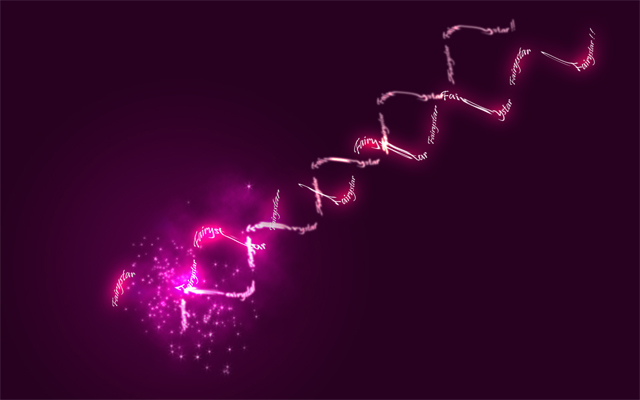One study pointed out that some of the sequence variations found in DNA samples may actually be caused by damage during sample processing. Researchers from NEB (New England Biolabs) developed a new algorithm to evaluate these lesions and recommend DNA repair enzymes are used during sample preparation to correct this problem.
The study, published in the February 16 issue of Nature, said Thomas Evans, one of the authors of the article, "this damage is more common than we expected," and such an error is likely to confuse real low-frequency somatic cells. mutation.
As we all know, DNA samples extracted from old samples with long-term preservation, or formalin-fixed, paraffin-embedded tissues are prone to cleavage and chemical modification, resulting in mutations that are not present in living organisms. But the latest research shows that, in fact, any DNA sample may have such artificial mutagenic damage, such as DNA sonication, that is, using sonic energy to agitate DNA fragments for amplification and sequencing, it is possible to induce mutations. Oxidative damage.
Such mutations sometimes occur only in a small number of samples and therefore do not cause much trouble. However, in cancer biology, subcloning recognition is increasingly emphasized, as well as mutations in free plasma DNA detected in plasma, both of which are small in the sample. "This article is a good warning article," said Marc Ladanyi, a molecular oncologist at the Sloan/Cadelin Cancer Memorial Research Center in New York, who was not involved in the study.

NEB researcher Laurence Ettwiller et al. designed a new algorithm to calculate the extent of this damage in DNA sequencing samples. The basis of this algorithm is that oxidative damage to DNA during sonication converts guanine into 8-oxoguanine, which is used as thymine during sequencing.
Comparing the sequences of the two complementary strands, these altered guanines are considered to be mismatch sites, one strand reads thymine, but the complementary strand shows cytosine (which can be paired with guanine). On the other hand, naturally occurring guanine-thymidine mutations will appear in their own paired adenine. Therefore, this method determines the degree of damage by evaluating the degree of mismatch of thymine by comparing the first and second sequencing results.
Using this algorithm, named Global Imbalance Value (GIV), the researchers examined data from the Thousand Human Genome and Cancer Genome Atlas project and found that in the thousands of genome data. % showed an imbalance score indicating the damage, and the Cancer Genome Atlas project was as high as 73%.
Medical Cold Patch
Patch for diarrhea
[Name] Medical Cold Patch
[Package Dimension] 5cm 4pieces/box
The pain relief patch is composed of three layers, namely, backing lining, middle gel and protective film. It is free from pharmacological, immunological or metabolic ingredients.
[Scope of Application] For cold physiotherapy, closed soft tissue only.
[Indications]
The patches give a fast relief for diarrhea.
[How To Use a Patch]
Please follow the Schematic Diagram. One piece, one time.
The curing effect of each piece can last for 6-8 hours.
[Attention]
Do not apply the patch on the problematic skin, such as wounds, eczema, dermatitis,or in the eyes. People allergic to herbs and the pregnant are advised not to use the medication. If swelling or irritation occurs, please stop using and if any of these effects persist or worsen.notify your doctor or pharmacist promptly. Children using the patch must be supervised by adults.
[Storage Conditions]
Store below 30c in a dry place away from heat and direct sunlight.
Patch For Diarrhea,Medicated Patches For Arthiritis,Plaster For Diarrhea,Pad For Diarrhea
Shandong XiJieYiTong International Trade Co.,Ltd. , https://www.xjpatches.com